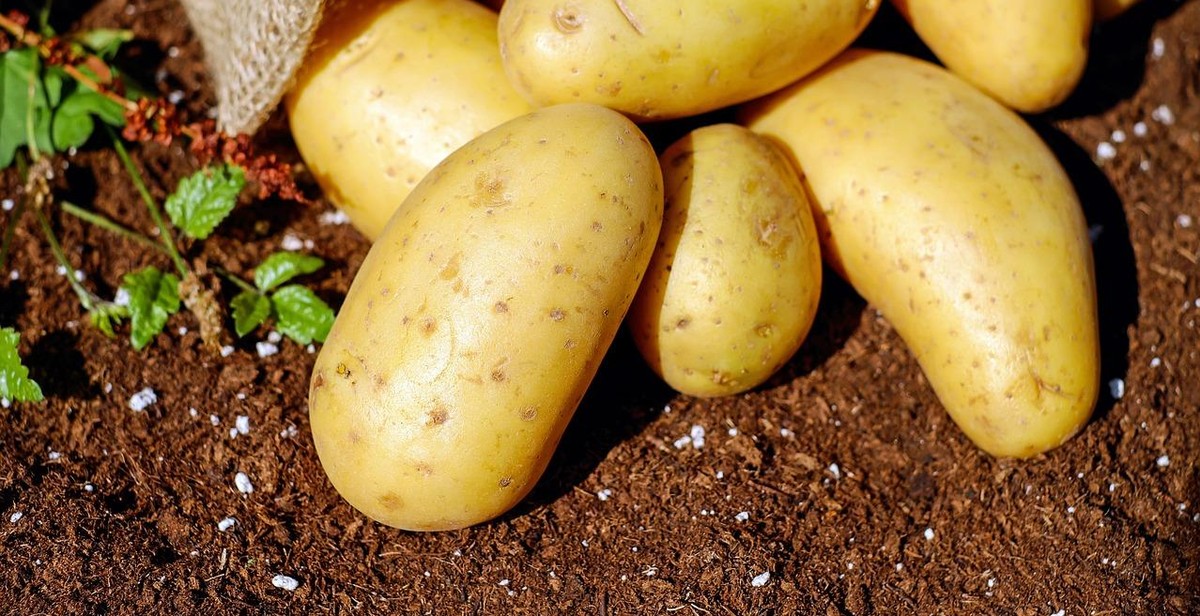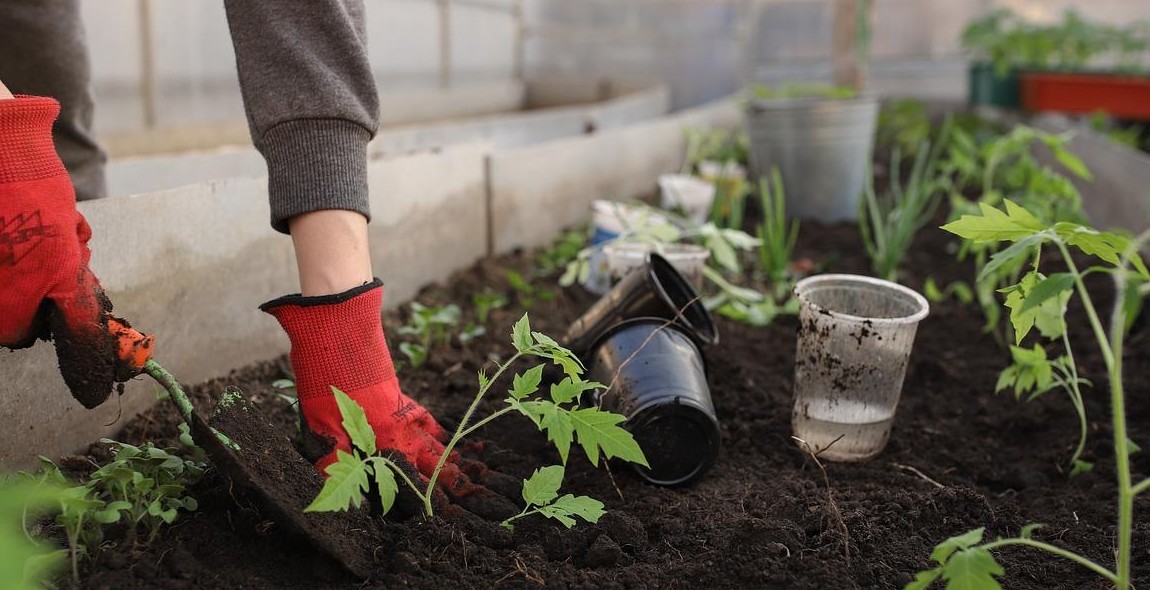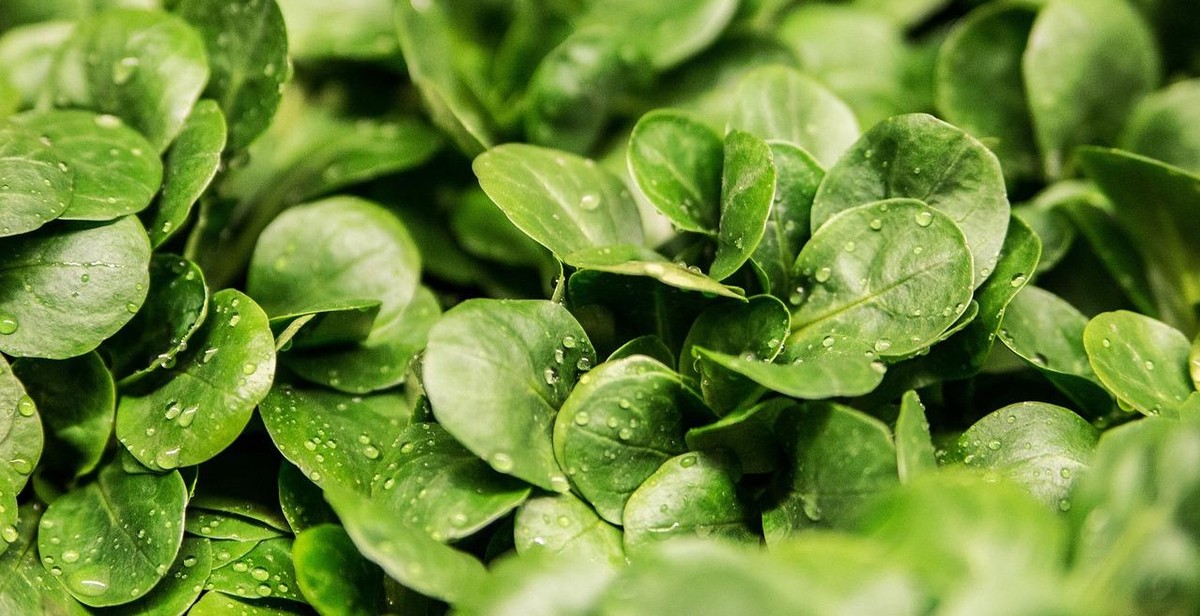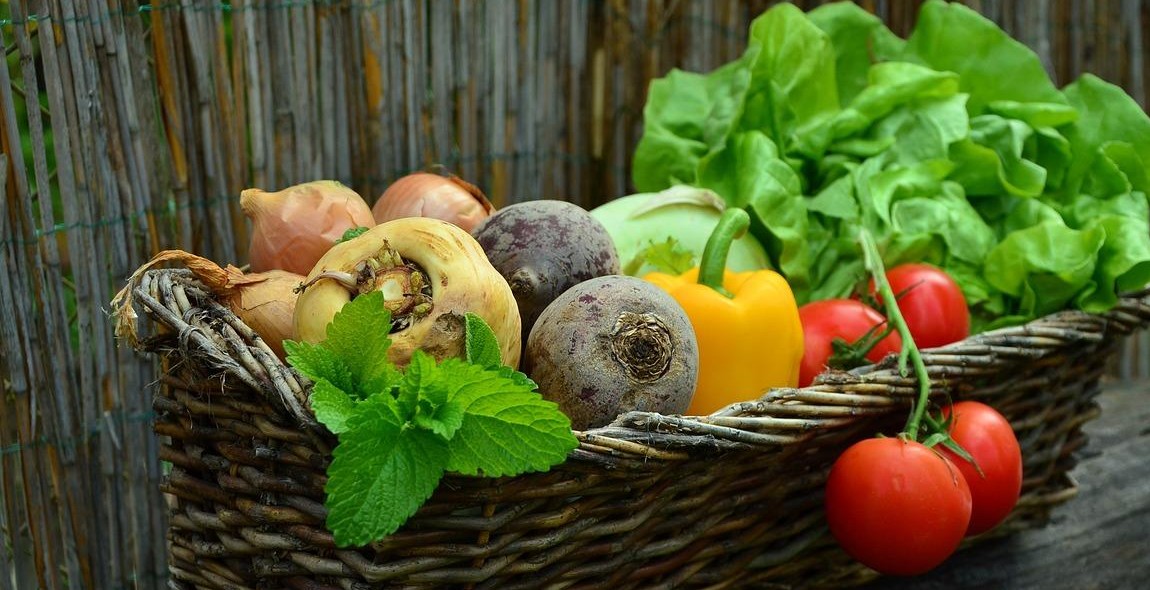How to Start a Vegetable Garden: Tips and Techniques for Growing Your Own Veggies
Are you tired of buying expensive and tasteless vegetables from the grocery store? Do you want to enjoy fresh, organic produce but don’t know where to start? Starting a vegetable garden can be an enjoyable and rewarding experience. Not only will you save money, but you will also have access to fresh and healthy produce right in your backyard.
Benefits of Starting a Vegetable Garden
- Save money on groceries
- Enjoy fresh, organic produce
- Reduce your carbon footprint
- Improve your health by eating more vegetables
- Get exercise and spend time outdoors
Starting a vegetable garden may seem overwhelming, but with the right techniques and tools, anyone can do it. In this article, I will share my personal experience and tips on how to start a vegetable garden successfully.
Choosing the Right Location
Before you start planting, you need to choose the right location for your vegetable garden. Look for an area that gets at least six hours of sunlight per day and has good drainage. Avoid areas with too much shade or areas that are prone to flooding.
Table: Sun Requirements for Popular Vegetables
| Vegetable | Minimum Sunlight Requirement |
|---|---|
| Tomatoes | 6-8 hours |
| Peppers | 6-8 hours |
| Lettuce | 4-6 hours |
| Carrots | 4-6 hours |
Choosing the Right Location
When it comes to starting a vegetable garden, choosing the right location is crucial for the success of your plants. Here are some factors to consider:
Sunlight and Soil Quality
Vegetables need plenty of sunlight to grow and thrive. Choose a location that gets at least six hours of sunlight per day. Make sure the area is not shaded by trees or buildings, as this can limit the amount of sunlight your plants receive.
Soil quality is also important. Look for a location with well-drained soil that is rich in organic matter. Avoid areas with heavy clay soil or soil that is too sandy, as this can affect the growth of your plants.
Accessibility
Choose a location that is easily accessible, especially if you plan on spending a lot of time in your garden. Make sure the location is close to a water source, as your plants will need regular watering. If possible, choose a location that is close to your home or a shed where you can store your gardening tools.
Space
Consider the amount of space you have available before choosing a location for your vegetable garden. If you have a small yard, consider planting in containers or raised beds. If you have a larger yard, you can plant directly in the ground. Make sure to leave enough space between your plants to allow for proper growth.
| Sunlight | Soil Quality | Accessibility | Space |
|---|---|---|---|
| At least 6 hours of sunlight per day | Well-drained soil rich in organic matter | Close to a water source and easily accessible | Consider the amount of space you have available |

Deciding What to Grow
Choosing what to grow in your vegetable garden can be an exciting but daunting task. There are many factors to consider, such as your climate and personal preferences. Here are some tips to help you make the best decisions for your garden:
Consider Your Climate
Before deciding what to grow, it is important to consider your climate. Some vegetables thrive in cooler temperatures, while others require hot and humid conditions. Understanding your local climate can help you choose vegetables that are more likely to succeed in your area.
For example, if you live in a hot and dry climate, you may want to consider growing drought-resistant vegetables such as tomatoes, peppers, and eggplants. If you live in a cooler climate, you may want to consider vegetables such as broccoli, cabbage, and carrots that can tolerate frost.
Think About Your Needs and Preferences
When choosing what to grow, it is important to consider your personal needs and preferences. What vegetables do you and your family enjoy eating? Do you have any dietary restrictions or preferences?
It is also important to consider how much time and effort you are willing to put into your garden. Some vegetables require more maintenance than others, so choose vegetables that fit your lifestyle and schedule.
Another factor to consider is the amount of space you have available. If you have limited space, consider growing vegetables that can be grown in containers, such as herbs and cherry tomatoes.
- Consider your climate when choosing what to grow
- Think about your personal needs and preferences
- Consider the amount of time and effort you are willing to put into your garden
- Take into account the amount of space you have available
| Climate | Vegetables to Consider |
|---|---|
| Hot and Dry | Tomatoes, Peppers, Eggplants |
| Cooler | Broccoli, Cabbage, Carrots |

Preparing the Soil
Before you start planting your vegetable garden, it is important to prepare the soil properly. This involves clearing the area and amending the soil to create the best growing conditions for your plants.
Clearing the Area
The first step in preparing your soil is to clear the area where you want to plant your vegetables. This involves removing any grass, weeds, or debris from the surface of the soil. You can do this by using a shovel or garden fork to loosen the soil and then pulling out the weeds by hand. Alternatively, you can use a hoe to chop down the weeds and then rake them up.
Once you have cleared the area, you should also remove any rocks or other large debris that may be in the soil. These can interfere with root growth and make it difficult for your plants to get the nutrients they need.
Amending the Soil
After clearing the area, the next step is to amend the soil. This involves adding organic matter, such as compost or aged manure, to improve the soil structure and fertility. Organic matter helps to increase the soil’s ability to hold water and nutrients, as well as providing food for beneficial microorganisms that live in the soil.
You can also add other amendments, such as lime or sulfur, to adjust the pH of the soil if needed. Most vegetables prefer a slightly acidic soil with a pH between 6.0 and 7.0.
Before adding any amendments, it is a good idea to test your soil to determine its pH and nutrient levels. You can do this by purchasing a soil testing kit or by sending a sample of your soil to a soil testing laboratory.
Once you have amended the soil, you should mix it thoroughly to ensure that the amendments are evenly distributed. You can use a garden fork or tiller to do this, but be careful not to overwork the soil, as this can damage its structure.
By taking the time to clear and amend your soil, you can create the ideal growing conditions for your vegetable garden and ensure a bountiful harvest.

Planting and Caring for Your Garden
Planting Your Seeds or Seedlings
When it comes to planting your garden, you have two options: starting from seeds or seedlings. Starting from seeds is a great way to save money, but it takes more time and effort. Seedlings are more convenient but can be more expensive.
If you’re starting from seeds, make sure to read the seed packet for instructions on how deep to plant them and when to plant them. Some seeds need to be started indoors before being transplanted outside.
If you’re starting from seedlings, make sure they are healthy and well-watered before planting them. Dig a hole slightly larger than the root ball and gently place the seedling in the hole. Cover the roots with soil and water well.
Watering and Fertilizing Your Garden
Watering and fertilizing your garden is crucial to its success. Most vegetables need at least an inch of water per week, either from rainfall or irrigation. Make sure to water deeply and infrequently to encourage deep root growth.
When it comes to fertilizing, there are many options. You can use organic fertilizers like compost or manure, or synthetic fertilizers. Make sure to follow the instructions on the package and don’t over-fertilize, as this can lead to nutrient burn and other issues.
Dealing with Pests and Diseases
Pests and diseases can quickly ruin a garden if not dealt with promptly. The best way to prevent issues is to keep your garden clean and healthy. Remove any dead or diseased plants and dispose of them properly.
If you do notice pests or diseases, there are many organic and synthetic options for treatment. Neem oil, insecticidal soap, and copper fungicide are all effective options for organic treatment. Synthetic pesticides should be used as a last resort and only according to the instructions on the package.
| Organic Fertilizers | Synthetic Fertilizers |
|---|---|
| Compost | Miracle-Gro |
| Manure | Scotts Turf Builder |
| Fish Emulsion | Ortho Flower, Fruit & Vegetable |
- Make sure to read seed packets or labels for planting instructions.
- Water deeply and infrequently to encourage deep root growth.
- Keep your garden clean and healthy to prevent pests and diseases.
- Use organic treatments whenever possible.
- Follow instructions carefully when using synthetic fertilizers and pesticides.

Harvesting and Enjoying Your Vegetables
One of the most satisfying moments in vegetable gardening is harvesting your own vegetables. Knowing when your vegetables are ready to be harvested is key to getting the most flavor and nutrition from your garden.
Knowing When to Harvest
Most vegetables are ready to harvest when they reach their peak ripeness. Some signs to look for include:
- Tomatoes: firm and fully colored
- Cucumbers: firm and dark green
- Carrots: bright orange and firm
- Peppers: firm and fully colored
- Green beans: firm and crisp
It’s important to harvest your vegetables regularly to encourage more growth and prevent over-ripening. Use a sharp knife or scissors to cut the vegetables from the plant, being careful not to damage the surrounding foliage.
Preparing and Eating Your Vegetables
Once you’ve harvested your vegetables, it’s time to enjoy them! Here are a few tips for preparing and eating your homegrown veggies:
- Wash your vegetables thoroughly before cooking or eating
- Try roasting, grilling, or sautéing your vegetables for a delicious and healthy side dish
- Add fresh herbs or spices to enhance the flavor of your vegetables
- Experiment with different recipes and cooking techniques to find your favorite way to enjoy your homegrown vegetables
| Vegetable | Preparation |
|---|---|
| Tomatoes | Chop for salads or sandwiches, roast for sauce |
| Cucumbers | Slice for salads or pickling |
| Carrots | Roast with herbs and spices, shred for salads or slaw |
| Peppers | Roast or grill for a smoky flavor, chop for salsa or stir-fry |
| Green beans | Sauté with garlic and olive oil, steam or roast for a simple side dish |
With a little patience and care, you can enjoy the fruits of your labor with a delicious and healthy harvest from your vegetable garden.
